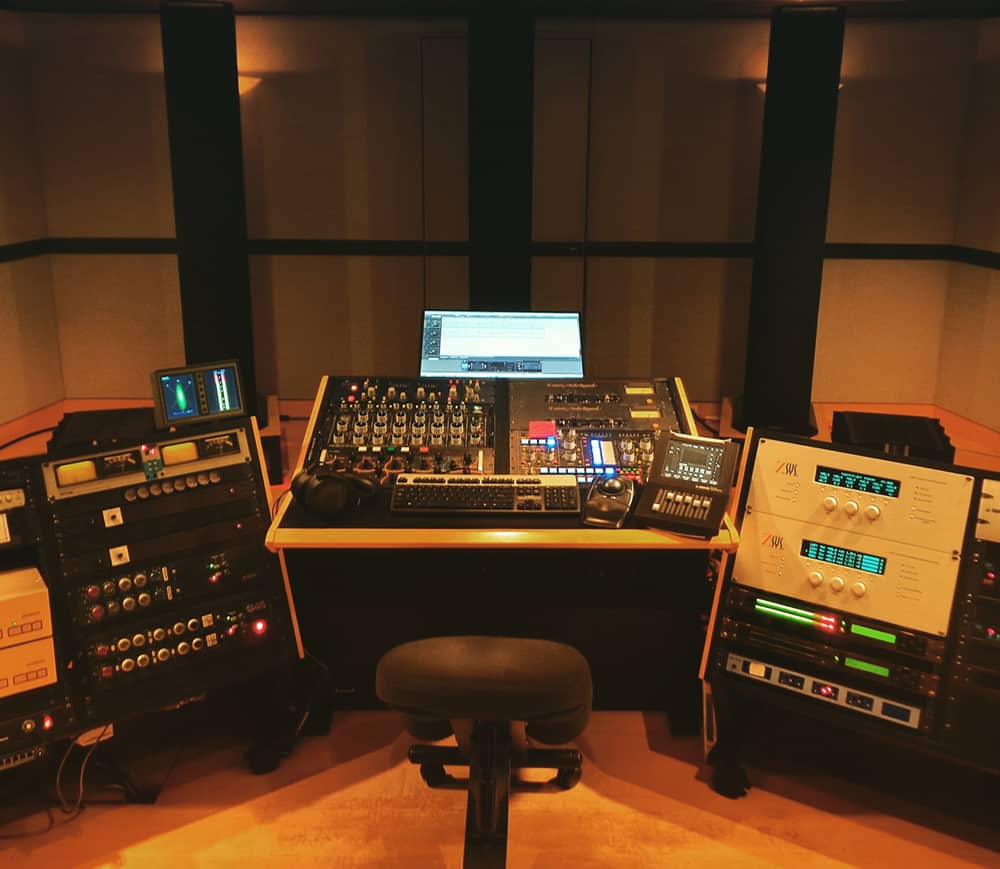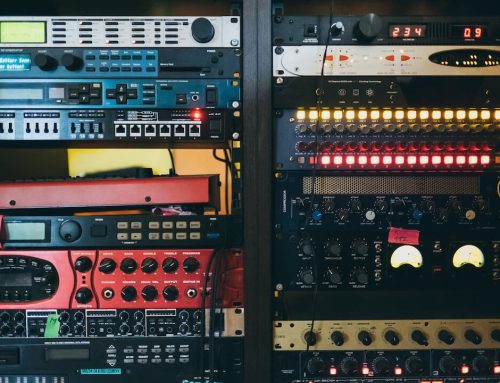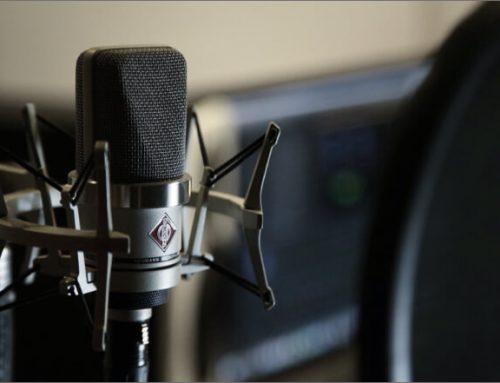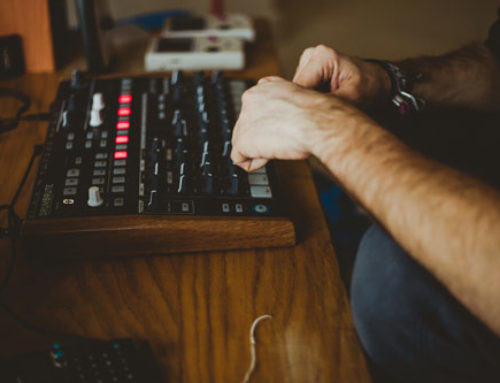Hey everyone, Mike Piacentini here from Sony Music’s Mastering Studio – Battery Studios! I’ll be working with the Musixon team to create some tutorials and explanations dealing with the topic of Mastering. I’m going to try and demystify some of the nuances and intricacies of what Mastering is, and what you should expect to get out of the process.
First, let’s talk about what exactly mastering is. Mastering is the last creative step in producing an album. From a technical standpoint, it is the process of compiling your mixes into deliverable formats for production. This can include production parts for vinyl, CD, digital WAVs, etc. From a creative standpoint, it will be a final step to apply EQ, compression, and limiting across your mixes to make sure the mixes translate across a wide variety of consumer playback systems at a consistent volume level. The goal at the end of the mastering process should be to have a song or album ready for commercial release.
So what should you expect to get out of a mastering session? Whether or not you utilize an independent mastering engineer to handle the final step or you create the final masters yourself, there are a couple of things you should consider when finalizing your album. The album should be sequenced properly so that it flows from track to track in a manner that makes sense for the genre. You should also make sure the recordings are free and clear of any glitches or errors that might have occurred during the recording and mixing process. This can include clicks from hasty crossfades in mixing to microphone pops during the vocal recording. Finally, you’ll want to make sure the album holds up from both a dynamic and equalization standpoint when comparing to other albums that exist within the genre. I typically ask clients to send me over a couple of tracks which may have influenced the creation of the album to help give me a generalized direction of where, to begin with mastering the record.
Lastly, I’d like to briefly touch on a question I get asked quite often prior to a mastering session – How should I prepare my mixes for the mastering session? The number one thing I usually ask for is that the mixes have headroom. If the mix has been processed into square waves prior to the mastering stage, then there will be little room for any additional mastering processes to be successfully applied to the waveform. I usually tell clients to not worry so much about the overall level of their mixes, so long as they aren’t clipped and have adequate headroom. Keep the mixes as a lossless format at the highest resolution they were recorded at. Don’t upsample the mixes for the sake of mastering. If the mix was recorded at 24/44.1k, then that’s the resolution that it should be mastered at as well.
I’ll be touching on these topics in more depth with some explanatory videos we’re working on so stay tuned! Feel free to drop any questions in the comment section or hit me up on Instagram @mikepmastering and I’d love to help you out.
Mike Piacentini – Mastering Engineer
www.mikepmastering.com & www.batterystudios.com








